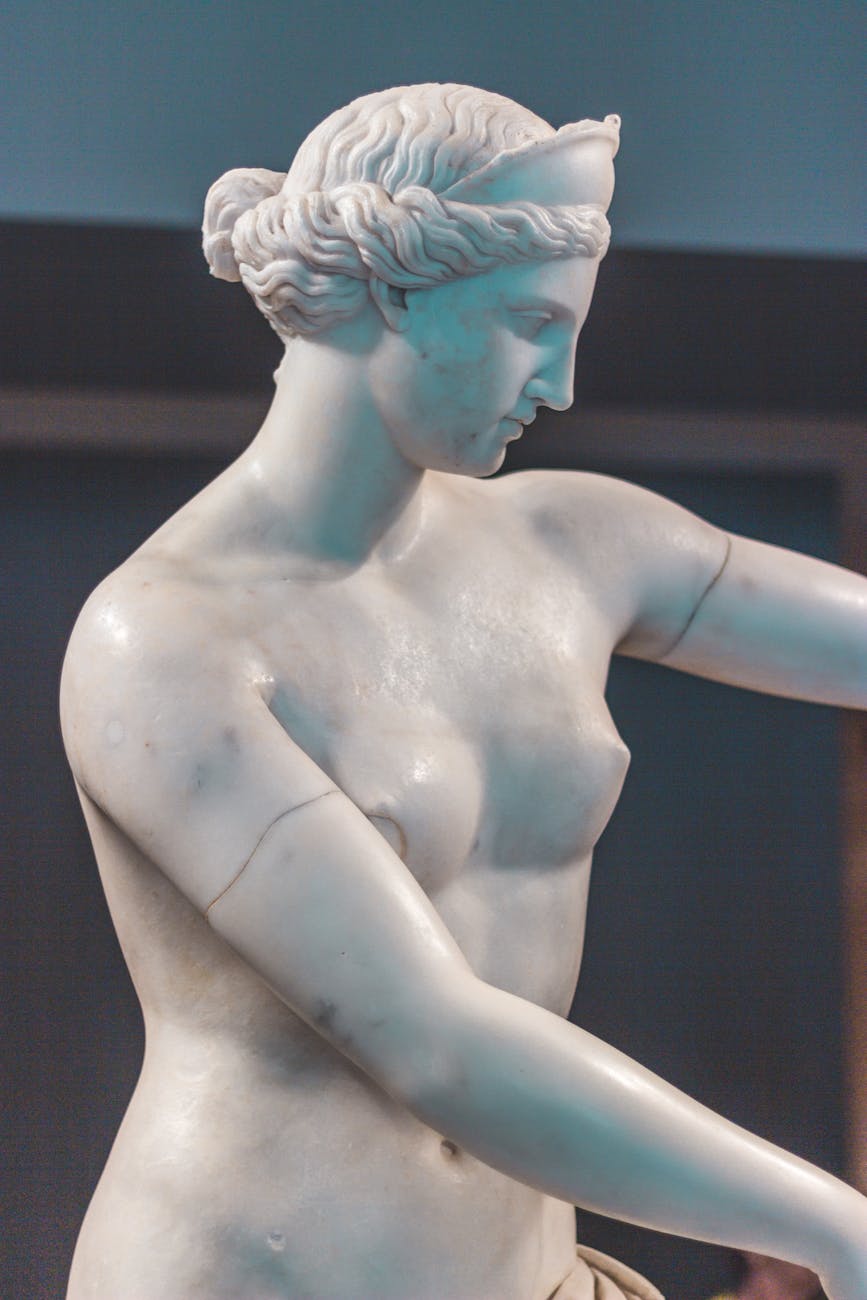Sculpture in History: Unearthing Ancient Artifacts
Sculptures created by early civilizations provide glimpses into distant eras, revealing the aesthetics, beliefs, and skills of our ancestors. Archaeologists continue uncovering carved relics worldwide that broaden our knowledge of how sculpture developed across cultures to become a universal artform. This piece explores significant early sculptures unearthed after being buried for centuries.
Neolithic and Megalithic Sculptures
Simple shapes hewn from stone characterize some of the earliest known sculpture:
Venus Figurines
- Excavated small feminine clay figurines dating 25,000-28,000 years old. Feature exaggerated anatomy associated with fertility.
- Figurines likely used in Paleolithic fertility rituals. Their continued widespread use marks the dawn of sculpture.
Megalithic Monuments
- Massive prehistoric structures like Stonehenge and dolmens sculpted from gigantic stone slabs. Erected as far back as 10,000 BCE.
- Purposes theorized from astronomical observation to burial rituals. Demonstrate emerging civilization’s stone carving abilities.
Ancient Near East Sculptures
Cultures like Sumer, Assyria, Babylon and Persia created monumental works:
Ziggurats
- Massive mud brick pyramid temples with exterior walls decorated in glazed brick relief sculpture. Dates from around 2100 BCE.
- Reliefs depict religious narratives with figures like kings, worshippers and deities. Colorfully glazed.
Lamassu Figures
- Colossal winged human headed bulls sculpted from limestone. Stood guard at Assyrian palace entrances around 700 BCE.
- Combined strength of bull with wisdom of king. Protected against evil spirits. Weighed up to 30 tons.
Ancient Greek and Roman Sculpture
Classical cultures perfected figural sculpture in stone and bronze:
Kouros/Korai Figures
- Life size nude male/female figures serving funerary, votive or architectural purposes. Carved in marble from 650 – 500 BCE.
- Rigid upright stances with slight side to side shifts. Idealized youthful bodies. Emerging naturalism.
Greco-Roman Bronzes
- Lost-wax cast bronze sculptures from ancient Greece and Rome, 100 BCE – 200 CE. Athletes, orators, gods depicted.
- Attention to realistic anatomy, detailed hair and clothing. Often gilded or silver plated.
Ancient American Sculpture
Indigenous American cultures shaped stone, ceramic and precious metals:
Olmec Colossal Heads
- Enormous basalt heads weighing 8-20 tons carved by Mexico’s Olmec culture c. 1200 – 400 BCE.
- Realistic helmeted figures thought to depict chieftains. Remarkable technical abilities working with stone.
Moche Ceramics
- Intricately sculpted portrait vessel pots made 100-700 CE on Peru’s northern coast.
- Expressive depictions of deities, rituals, animals and erotic themes. Masterful clay artisanship.
Unearthing ancient artifacts provides direct connections to humanity’s enduring urge to shape stone, clay, and metal into expressive forms. The legacy continues today.
